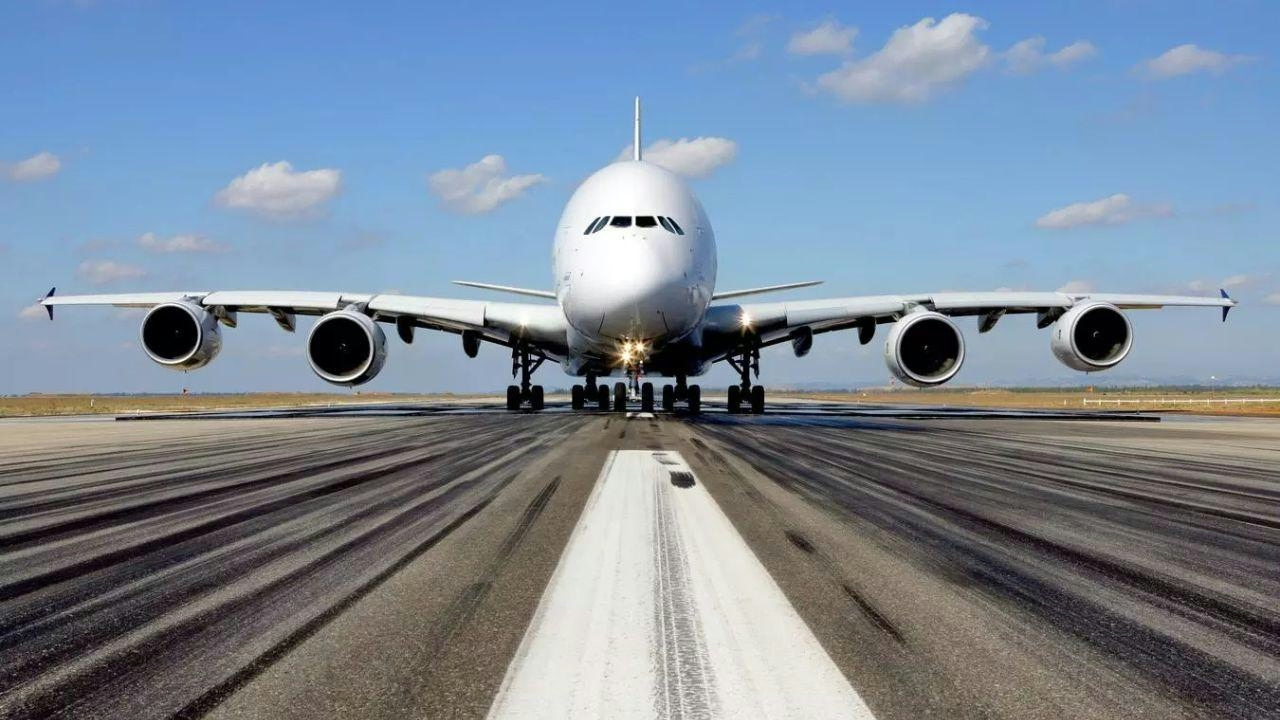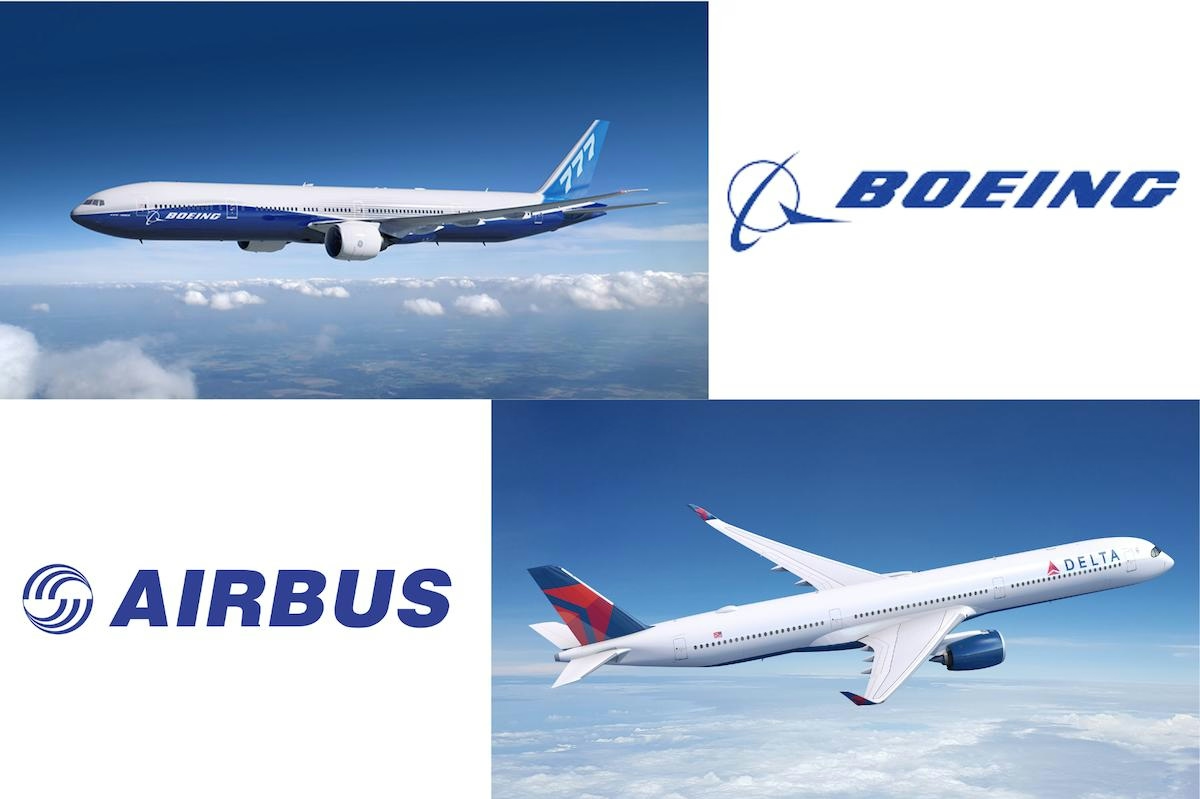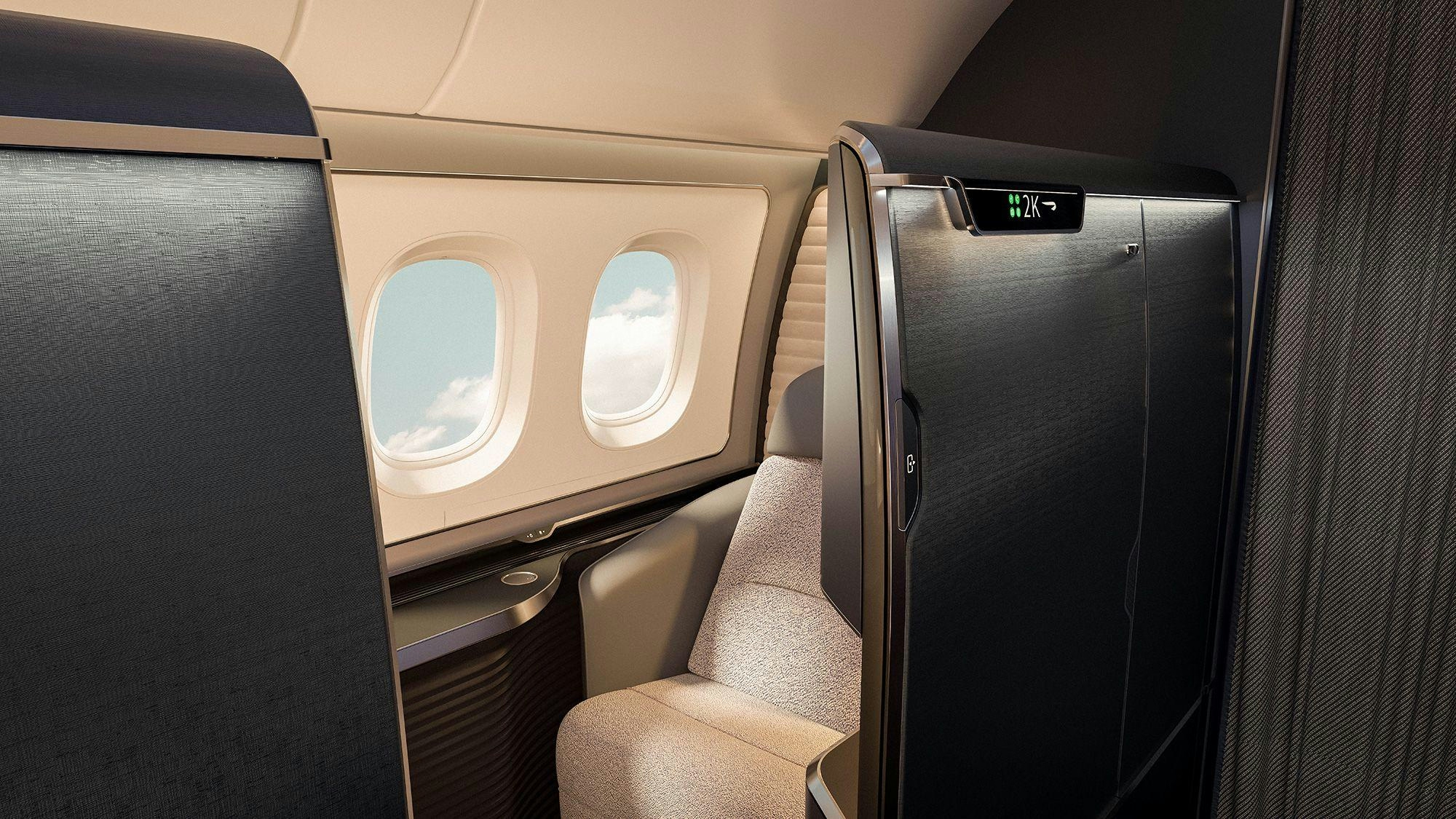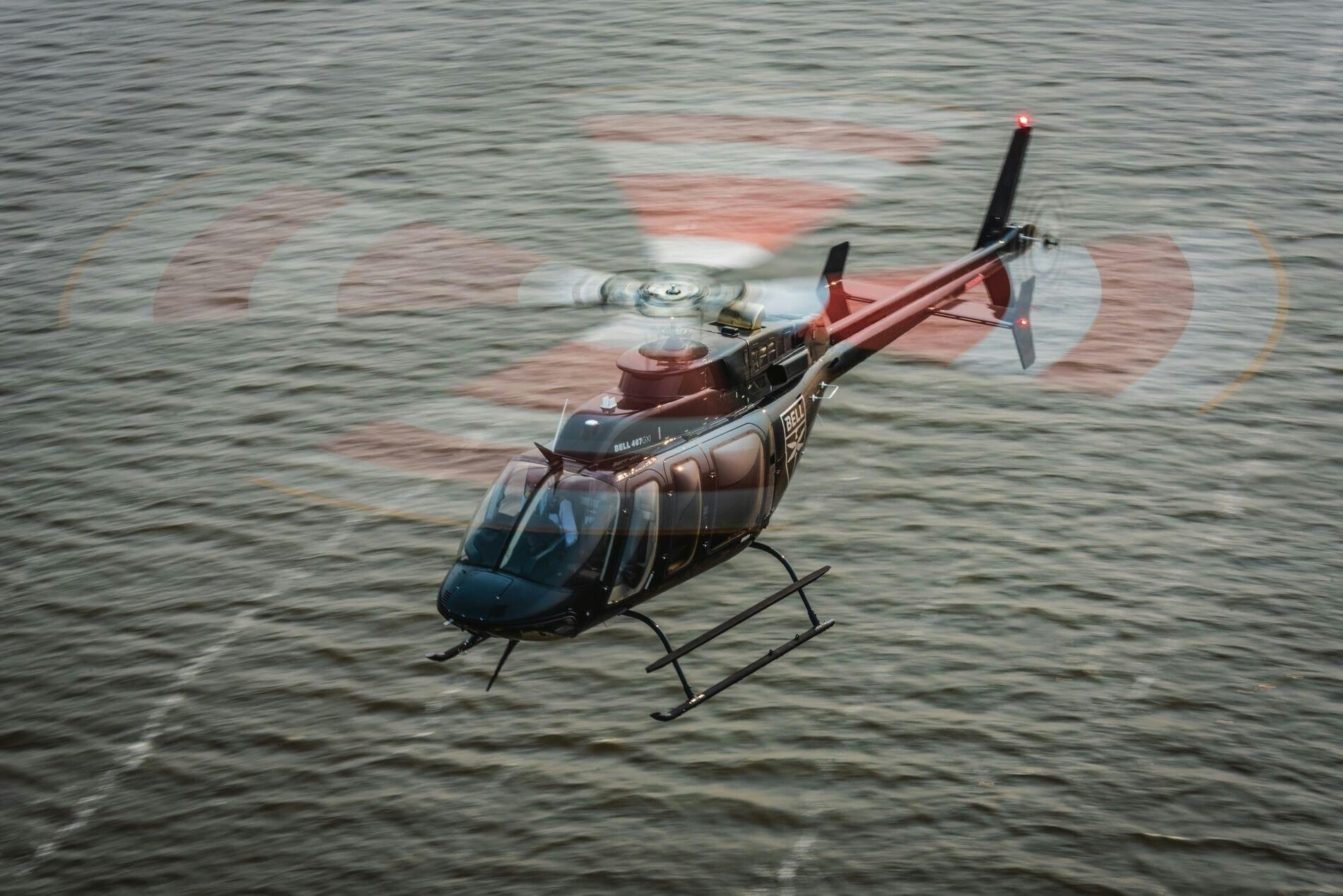
AeroGenie - مساعد الطيار الذكي الخاص بك.
الرائج الآن
Categories
Delta’s Use of AI in Ticket Pricing Faces Criticism from U.S. Lawmakers

Delta’s Use of AI in Ticket Pricing Faces Criticism from U.S. Lawmakers
Lawmakers Question Potential Impact on Consumers
Three Democratic senators have formally challenged Delta Air Lines CEO Ed Bastian over the airline’s planned implementation of artificial intelligence (AI) in setting ticket prices. Senators Ruben Gallego, Mark Warner, and Richard Blumenthal expressed concerns in a letter dated Monday, released the following day, about the possible consequences for travelers and data privacy. They warned that Delta’s approach to individualized pricing could result in fare increases tailored to each consumer’s so-called “personal ‘pain point’,” a troubling prospect amid rising living costs for many American families.
Delta intends to expand its use of AI-powered dynamic pricing to cover up to 20% of its domestic fares by the end of 2025, in partnership with the AI pricing firm Fetcherr. The senators cited Delta’s own statements indicating that the technology might set fares based on predictions of “the amount people are willing to pay for the premium products related to the base fares.” This strategy has drawn criticism not only from lawmakers but also from consumer advocacy groups, who argue that such individualized pricing could lead to disparities where some customers pay more than others for identical services.
Delta’s Response and Industry Context
In response to the allegations, Delta firmly denied using or planning to use any fare products that target customers with individualized offers based on personal information. The airline emphasized that dynamic pricing—where fares fluctuate according to factors like overall demand—has been an industry standard for over 30 years and does not involve targeting specific consumers through personal data.
Delta further explained that its AI technology is designed to streamline manual pricing processes, accelerate data analysis, and enable real-time fare adjustments. The company stressed that all customers see the same fares and offers across all retail channels. The AI system forecasts demand for specific routes and flights by analyzing thousands of variables simultaneously, aiming to adapt to market conditions and improve pricing decisions over time rather than personalize fares based on individual customer profiles.
The senators’ concerns emerge amid heightened scrutiny of airline pricing practices. Earlier this year, Senator Blumenthal, alongside Senators Maggie Hassan and Josh Hawley, questioned Frontier Airlines and Spirit Airlines about whether they were using customers’ personal information to impose different seat fees on passengers traveling the same flight. Neither airline has provided immediate responses regarding their current practices.
Industry Implications and Regulatory Outlook
As Delta advances its AI-driven pricing strategy, industry observers note that competitors may either adopt similar technologies or resist potential regulatory challenges. This ongoing debate underscores growing unease about the use of artificial intelligence in consumer pricing and its implications for travelers’ expenses. The controversy highlights the delicate balance airlines must maintain between leveraging technological innovation and addressing consumer protection concerns in a highly competitive market.

Europe Advances Aviation Sustainability Through SAF Mandates and Innovation

Lufthansa's Fleet Plans for 2025

Fifteenth National Games Model Aviation Finals in Longhua Showcase Drone Sports and Innovation

Brazilian Woman Becomes First Female Captain of Airbus A380

Airbus and Boeing: Comparing Their Global Reach

Vietjet Orders 100 Airbus A321neo Jets, Strengthening UK-Vietnam Strategic Partnership

The Aircraft Set to Replace the Iconic Superjumbo

Delta Air Lines Introduces AI-Powered Concierge Service

Shanghai to Host 2025 North Bund International Aviation Forum
